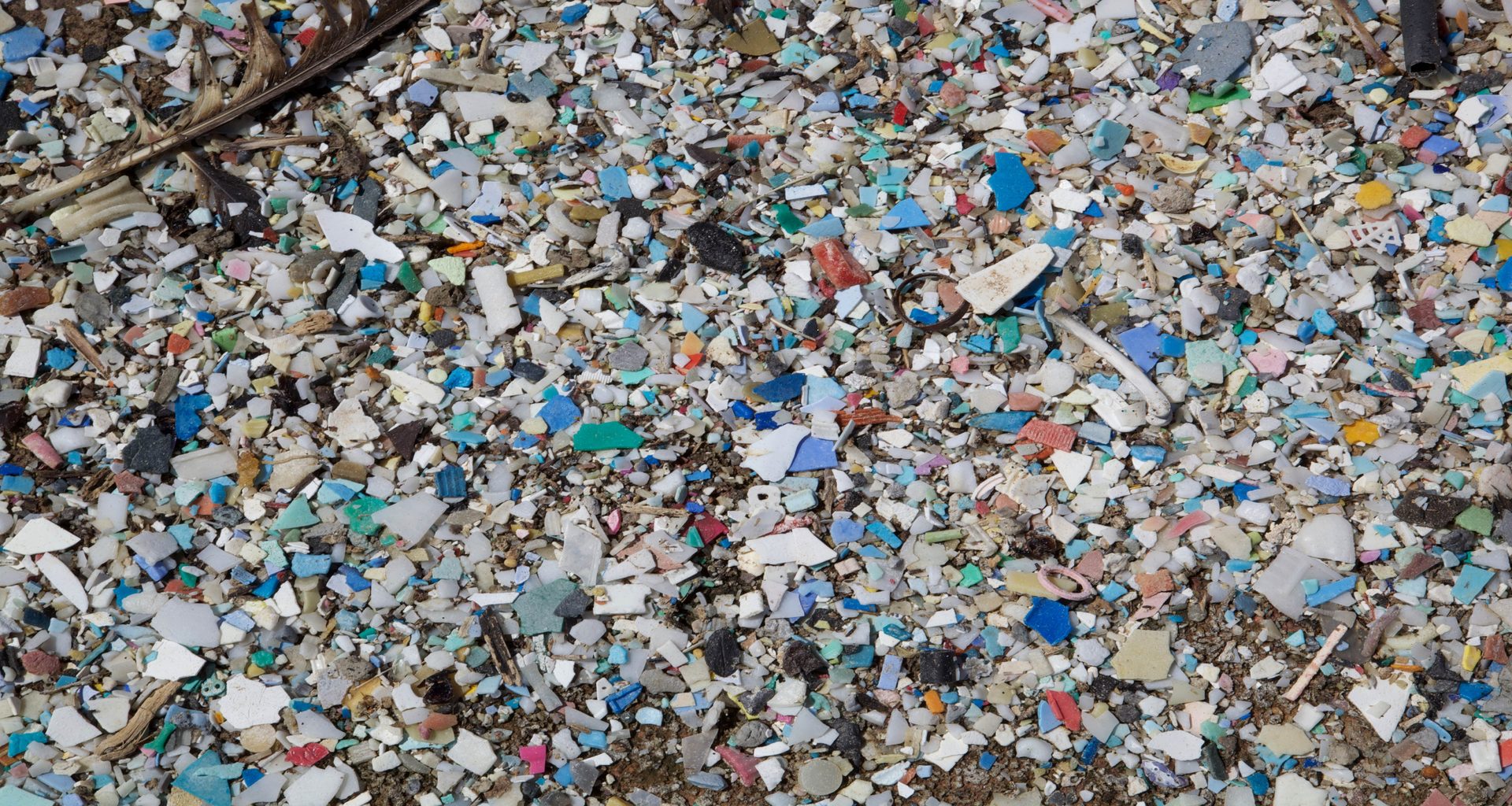Like the ancient gods of Maori legends, men too have created an island in the crystal clear waters of the Pacific Ocean. There are no palm trees, dream beaches or huge colourful flowers – just plastic clusters and rubbish of all kinds. Its name is Great Pacific Garbage Patch (GPGP) or Pacific Trash Vortex, and it’s a huge floating plastic island.
The Largest Plastic Island in the World
The exaggerated accumulation of plastic in the Pacific Ocean was discovered in 1988 by researchers from the National Oceanic and Atmospheric Administration (NOAA). However, it was only 9 years later that the news aroused worldwide interest. The discovery was in fact disclosed in 1997 by oceanographer captain Charles J. Moore who, during a crossing on a sailing boat, found himself surrounded by a sea of waste.
It isn’t easy to determine the size of this garbage patch. However, researchers from the Ocean Cleanup Foundation have published a study on Nature with an hypothesis. According to the research, the island is composed of 45-129 thousand tons of plastic – presumably 79 thousand – covering an area of 1.6 million square kilometers. Microplastics make up 94% of the enormous amount of plastic pieces that flow into the island and only 8% of the total mass. On the other hand, fishing nets even make up 46% of the mass. The study also estimates that 10-20% of GPGP waste mass could come from the 2011 Japan tsunami.
The UNEP (United Nations Environment Programme) also confirms that the situation is more serious than perceived. Every year more than 8 million tonnes of plastic end up in the oceans. This is 20 times more than in the 1960s. If we do not change consumption by 2050, the weight of plastic floating in the oceans will exceed that of fish. Moreover, 99% of seabirds will ingest plastic.
Other Floating Garbage Patches
The Great Pacific Garbage Patch (GPGP) is not the only waste island that floats in the oceans. There are other islands, the largest of which are in the southern Pacific Ocean, the Atlantic and the Indian Ocean.
- South Pacific Garbage Patch. Although the first evidence of its existence was detected in 2011, the SPGP was discovered in 2016 by Charles J. Moore – the same one who discovered the GPGP. According to estimates, the South Pacific Garbage Patch contains high levels of marine debris and a huge amount of microplastics. These residues come especially from scrubs and other personal hygiene products.
- North and South Atlantic Garbage Patch. The North Atlantic Garbage Patch was discovered back in 1972. It is characterized by a high density of waste – one detritus every 5 square meters on average. On the other hand, there is still very little information about the South Atlantic Garbage Patch between Latin America and the African continent.
- Indian Ocean Garbage Patch. Although the NOAA had already assumed its existence in 1988, this plastic island off the Indian Ocean was then officially discovered only in 2010. It doesn’t look like a real island, because of an almost discontinuous distribution of debris. The plastics, chemical sludge and other debris contained in it are in fact fragmented into smaller and smaller particles so as to become virtually invisible to the naked eye.

